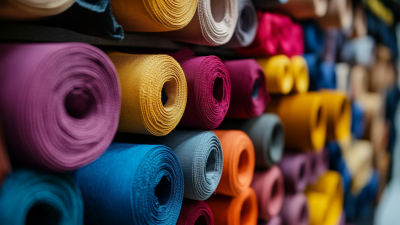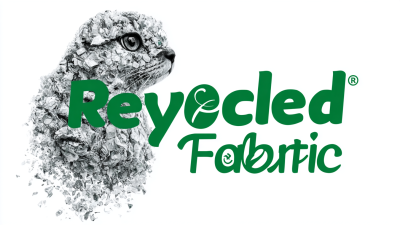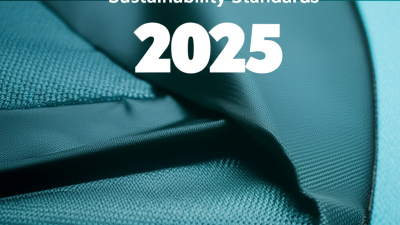In recent years, eco-conscious consumers have increasingly sought sustainable alternatives in their fashion choices, with Rpet Fabric emerging as a prominent contender. Derived from recycled PET plastic bottles, Rpet Fabric not only reduces waste but also decreases reliance on virgin materials, significantly lowering its environmental impact. As the fashion industry grapples with the pressing need to address pollution and sustainability, adopting Rpet Fabric presents a viable solution that aligns with ethical consumerism.
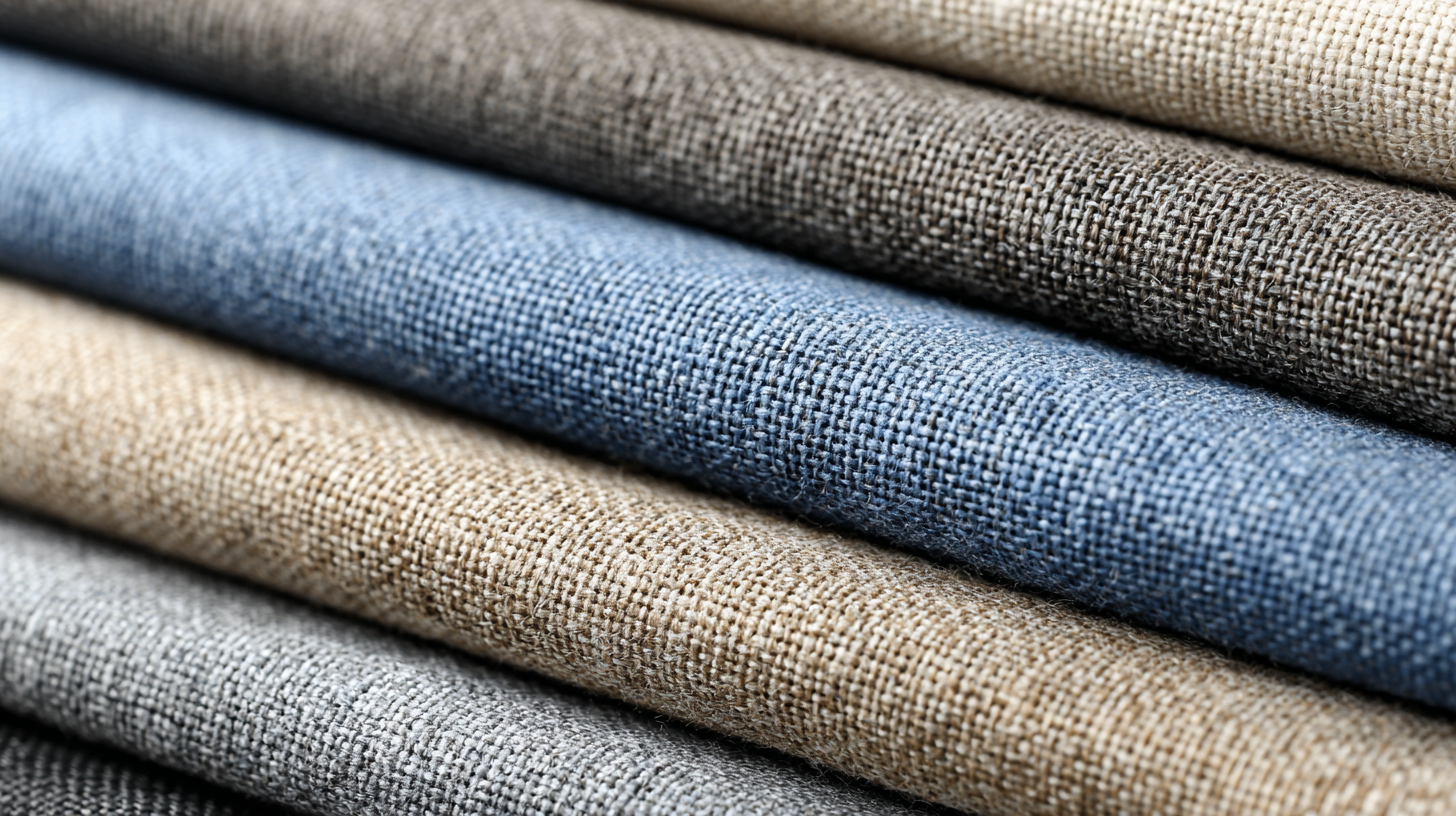
This article explores the multifaceted environmental benefits of Rpet Fabric, highlighting its contributions to reducing carbon footprints, conserving resources, and promoting a circular economy. By understanding how Rpet Fabric works and its role in the textile industry, consumers can make informed decisions that support a more sustainable future while still enjoying high quality and stylish apparel.
RPET, or recycled polyethylene terephthalate, represents a significant advancement in the quest for sustainable materials. One of the primary benefits of RPET fabric lies in its ability to reduce plastic waste and pollution. Traditional plastic products contribute enormously to environmental degradation, with millions of tons ending up in oceans and landfills each year. By transforming plastic bottles and containers into RPET fabric, we not only divert these materials from waste streams but also lessen the demand for virgin plastic production. This process mitigates the energy-intensive extraction and processing of fossil fuels needed for new plastics.
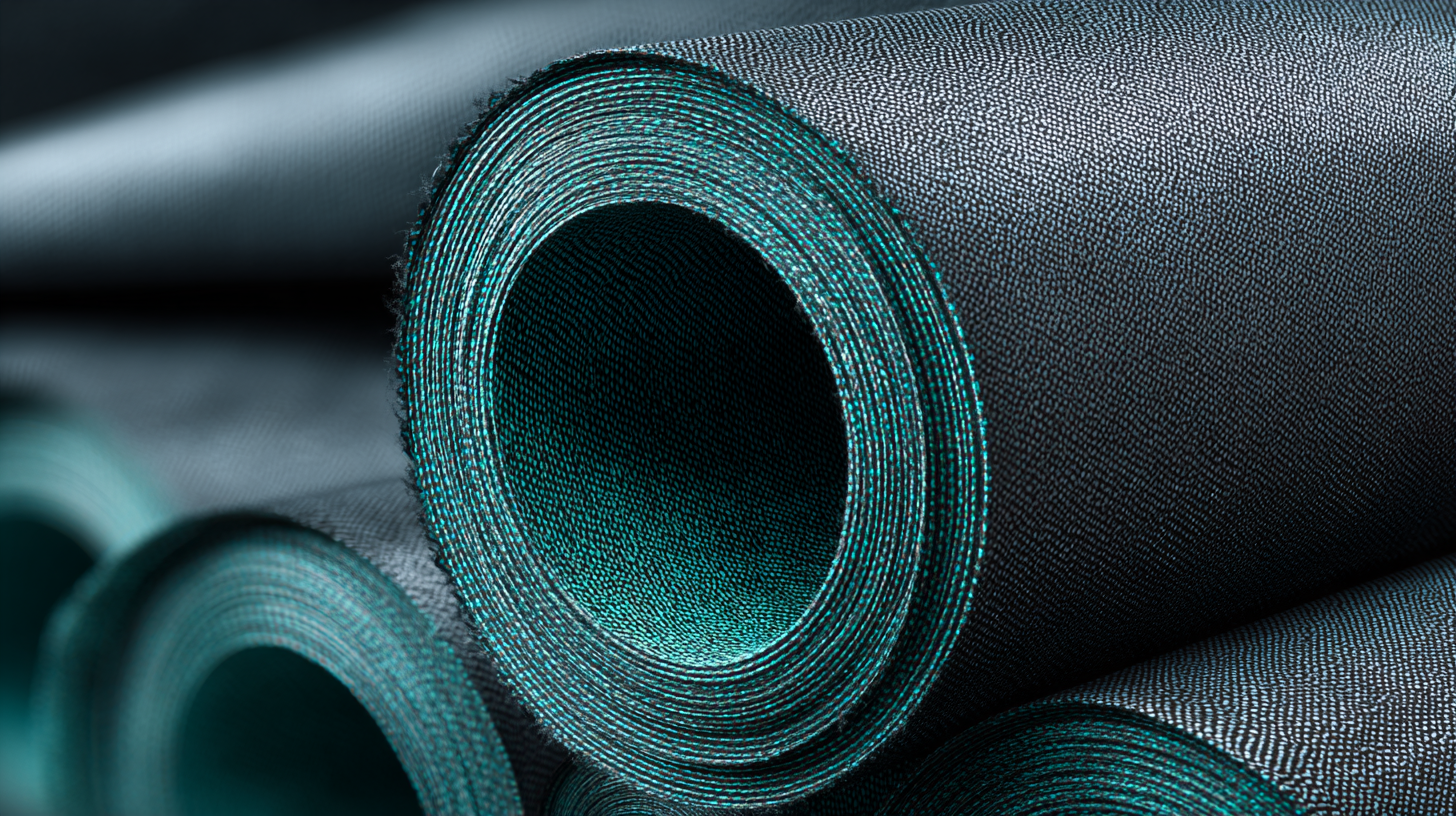
In addition to reducing waste, RPET fabric plays a crucial role in decreasing pollution levels. The production of conventional textiles often involves harmful chemicals and extensive water use, leading to significant environmental harm. RPET fabric minimizes these impacts by utilizing already-existing materials. By choosing RPET, eco-conscious consumers contribute to a circular economy, where waste is repurposed into useful products. This not only lowers the carbon footprint associated with manufacturing textiles but also promotes a sustainable lifestyle that respects and protects our planet's resources.
The environmental benefits of RPET (Recycled Polyethylene Terephthalate) fabric have garnered significant attention, especially when compared to virgin polyester through lifecycle analysis. A report from the Ellen MacArthur Foundation highlights that producing RPET requires up to 50% less energy compared to its virgin counterpart, significantly reducing greenhouse gas emissions. Specifically, the production of RPET results in 79% fewer emissions, making it a compelling alternative for eco-conscious consumers looking to minimize their carbon footprint.
Additionally, the water usage involved in RPET production is markedly lower, with studies indicating that the recycling process uses an average of 90% less water than the manufacture of virgin polyester. A report by the World Wildlife Fund underscores that conventional polyester production can consume approximately 2,700 liters of water for just one T-shirt, emphasizing the resource efficiency of choosing RPET. By using existing plastic waste and reducing new material demand, RPET not only mitigates plastic pollution but also conserves precious natural resources, showcasing its role as a sustainable fabric choice in the fashion industry.
The production of RPET (Recycled Polyethylene Terephthalate) fabric is a remarkable step forward in sustainable fashion, primarily due to its significant energy savings compared to virgin polyester. By repurposing plastic bottles and other PET waste, the energy consumption during the manufacturing process is drastically reduced. In fact, using RPET can save up to 70% of the energy required to produce new polyester from crude oil. This reduction in energy use directly correlates to a decrease in carbon emissions, making RPET a more eco-friendly option for consumers who are conscious of their environmental impact.

Moreover, the quantification of RPET's carbon footprint highlights its potential in combating climate change. Studies have shown that the carbon footprint of RPET production is significantly lower than that of traditional polyester. The recycling process not only cuts down on greenhouse gas emissions but also lessens the demand for fossil fuels. This shift toward sustainable materials like RPET fabric not only benefits the environment but also empowers consumers to make choices that align with their values, driving the fashion industry towards a more responsible and sustainable future.
As consumers become increasingly aware of the environmental impact of their purchases, the demand for sustainable textiles has surged. Eco-conscious shopping is no longer a niche market; it is evolving into a mainstream consumer behavior. Shoppers today are more informed about the production processes, sourcing, and sustainability of the fabrics they choose, thereby driving brands to adopt eco-friendly practices. This shift marks a significant trend where potential buyers actively seek out materials like rPET fabric, made from recycled plastics, which offers a responsible alternative to conventional textiles.
Moreover, the rise in consumer awareness extends beyond just the fabric itself. Shoppers are scrutinizing brands’ overall sustainability efforts, including supply chain transparency and ethical labor practices. This demand for holistic sustainability is pushing companies to innovate and adopt more environmentally friendly practices. As a result, the textile industry is witnessing a transformation that aligns with eco-conscious values, tying ecological responsibility to everyday consumer choices, thus reshaping how products are produced and marketed.
The fashion industry, notorious for its environmental impact, is witnessing a transformative shift with the adoption of RPET (Recycled Polyethylene Terephthalate) fabric. As global awareness around sustainability grows, the role of recycling in the production of RPET fabric becomes increasingly significant. According to the Fashion Industry Sustainability Report by McKinsey & Company, the production of RPET can reduce carbon emissions by up to 75% compared to virgin polyester, demonstrating a strong commitment to eco-friendly practices within the sector.
Recycling plays a crucial role in streamlining sustainability efforts, as RPET is made from 100% recycled plastic bottles and textile waste. The Ellen MacArthur Foundation reports that transitioning to more sustainable materials like RPET could lead to a reduction of 1.1 billion tons of CO2 emissions by 2030. This transition not only conserves natural resources but also creates a circular economy where materials are reused and repurposed, minimizing waste. As eco-conscious consumers increasingly demand sustainable options, the fashion industry is responding by incorporating RPET fabric, thereby aligning profitability with environmental responsibility.
| Data Dimension | Value |
|---|---|
| Recycled Content Percentage | 75% |
| Water Savings per kg of RPET | 20 liters |
| Reduction in Carbon Footprint | 50% less CO2 emissions |
| Energy Consumption Savings | 30% less energy used |
| Material Recovery Rate | 90% |
| End-of-Life Recyclability | 100% |

